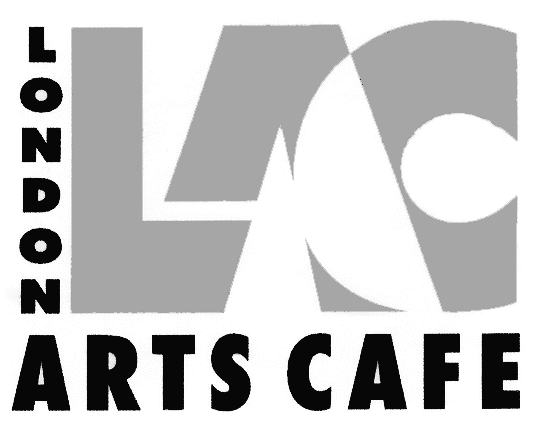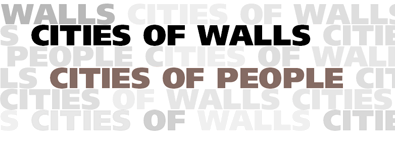
From its very beginning, photography has confronted the city. Daguerre first trained his camera on a Paris boulevard in the late 1830s. That first mirrored image, with its silhouetted pair of figures, a man with foot on block, another shining his shoe, introduced both photography and the problems of representing the city; is the city the people (and their social relationships encapsulated in this image) or is it the clearly visible physical structures that contain their life?
The two tiny blurred figures in the Boulevard du Temple draw our eye and capture our imagination in a way completely out of proportion to their scale in the empty street. Few figures kept still for long enough to record in most early city photographs, but once the technical problems of capturing movement had been solved, the problem of the domination of the scene by human figures became even more marked. We project ourselves into the human representation, and empathy overcomes composition, aesthetics and all.
Photographers in general have approached this problem either concentrating on the human aspects and seeing the city as a backdrop for the people they photograph (perhaps reflecting Lewis Mumford's view of the city as a theatre of social life), or by looking at the physical structures and incorporating people - if at all - largely as indicators of scale.
Successful pictures that deal with the interaction of structures and people - such as Paul Strand's 'Wall Street', which counterpoises the anonymous walkers and the blank shadows of the wall - are relatively uncommon.
Some photographers are concerned with ideas of how cities work and how cities develop, at times drawing on the theories of town planners and others for their inspiration. There tends to be a concentration on recording areas of change, whether the splendid decay of past glories evident in much of the work of Atget, who believed firmly that an era of French civilisation was falling to the modern age (he managed to photograph Paris without the Eiffel Tower) or in the building of new, as in Lewis Hine's documentation of the erection of the Empire State Building. Similarly we get photographs of the Amish and the latest in youth culture or social deviance while the bulk of ordinary life often remains unrecorded.
continues...
more - the photograpers
Paul Baldesare Jim
Barron Chris Dorley-Brown Peter
Marshall
Paul Mattsson Derek
Ridgers Mike
Seaborne Paul
Trevor

Cities
of Walls,
Cities
of People
Other shows:
Housing & Homelessness
Cities in Watercolour
City Markets
The City Beautiful
City Journeys
Zen and the art of cities
Cities of Walls, Cities of People
